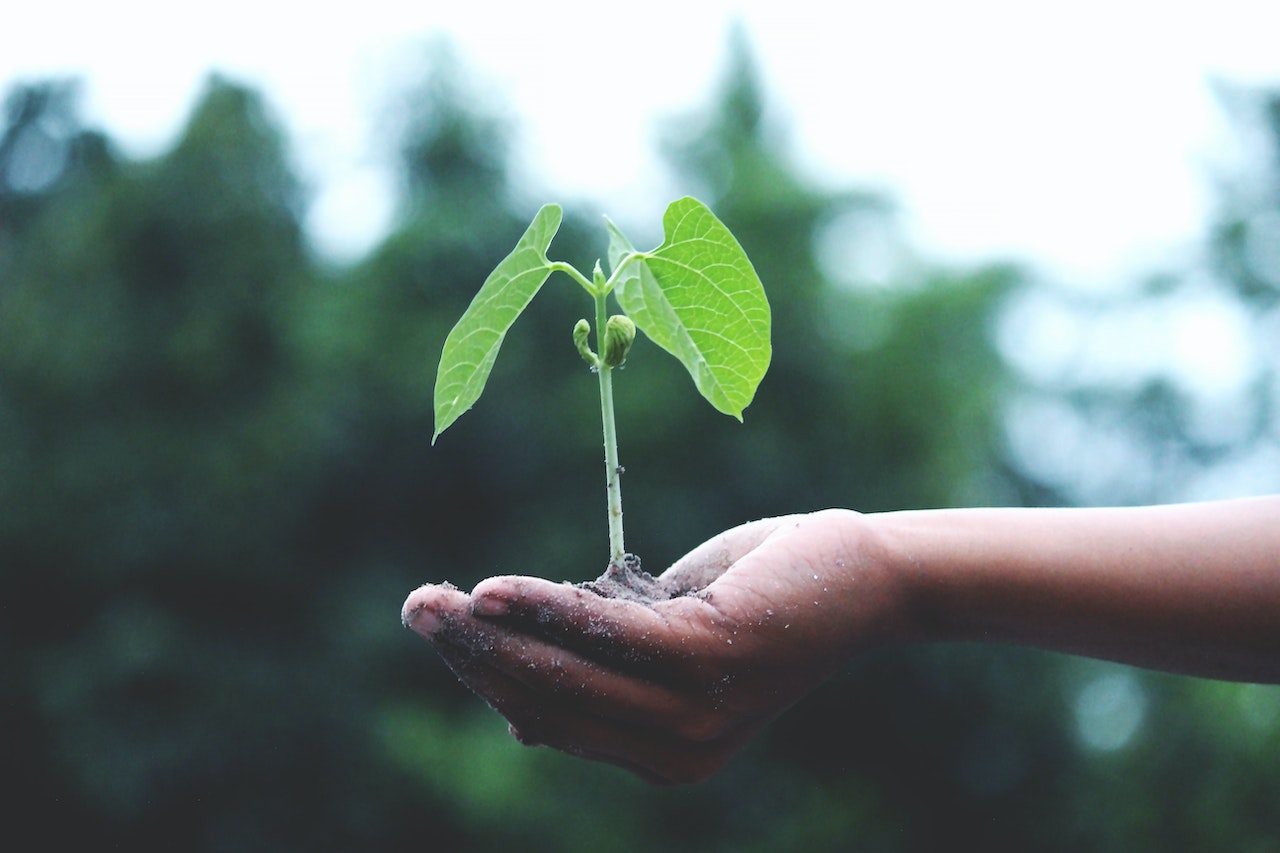This post was originally published on Sustainability Matters

Curtin University has received a $5 million grant from the Australian Renewable Energy Agency (ARENA) to take on the challenge of producing and transporting hydrogen in a sustainable and cost-effective way.
While hydrogen has long been identified as a clean energy source, there are difficulties in transporting it affordably and practically.
One established method is using sodium borohydride powder as a carrier for the hydrogen, but the by-product left behind — sodium metaborate — has always been expensive to recycle.
The Kotai Hydrogen Project has been set up to trial a new method of hydrogen production and transportation being developed by Curtin’s Hydrogen Storage Research Group (HSRG) in partnership with Velox Energy Materials.
The HSRG’s award-winning chemical process and catalyst has the potential to quickly and cheaply revert sodium metaborate back to sodium borohydride, enabling it to be reused to transport hydrogen.
“The lower costs attached to this method’s production and transport could make it potentially the cheapest means of exporting hydrogen from Australia,” said John Curtin Distinguished Professor Craig Buckley, head of the HSRG.
“This method could play a part in meeting the rapidly rising global demand for Australian hydrogen.”
Buckley added that the Kotai Hydrogen Project could be a significant step towards zero net emissions.
“Our aim is to provide a circular hydrogen export value chain,” he said. “The initial research component of the project will feed into the commercial stage, where a pilot facility will be designed and built in Perth to evaluate the technology for large-scale production directly from renewable electricity.”
Curtin Institute for Energy Transition Director Professor Peta Ashworth said the project was important on a global scale.
“The whole world has been working to reduce the end-to-end costs of clean hydrogen,” Ashworth said.
“Having been involved in the early development of Australia’s Hydrogen Strategy, it is fantastic to see Australia playing a significant part in delivering on that aspiration through this funded Curtin research.”
Curtin and Velox Energy Materials will also contribute an additional combined cash commitment towards the overall project.
ARENA Chief Executive Officer Darren Miller said that through its strategic priorities, ARENA had highlighted the importance of renewable hydrogen and low-emissions metals as a potentially significant export industry.
“Innovation starts in the lab and we have the best minds taking our decarbonisation efforts to the next level — to the benefit of all Australians through jobs, lower emissions and cheaper energy,” he said.
Image credit: iStock.com/Scharfsinn86





0 Comments